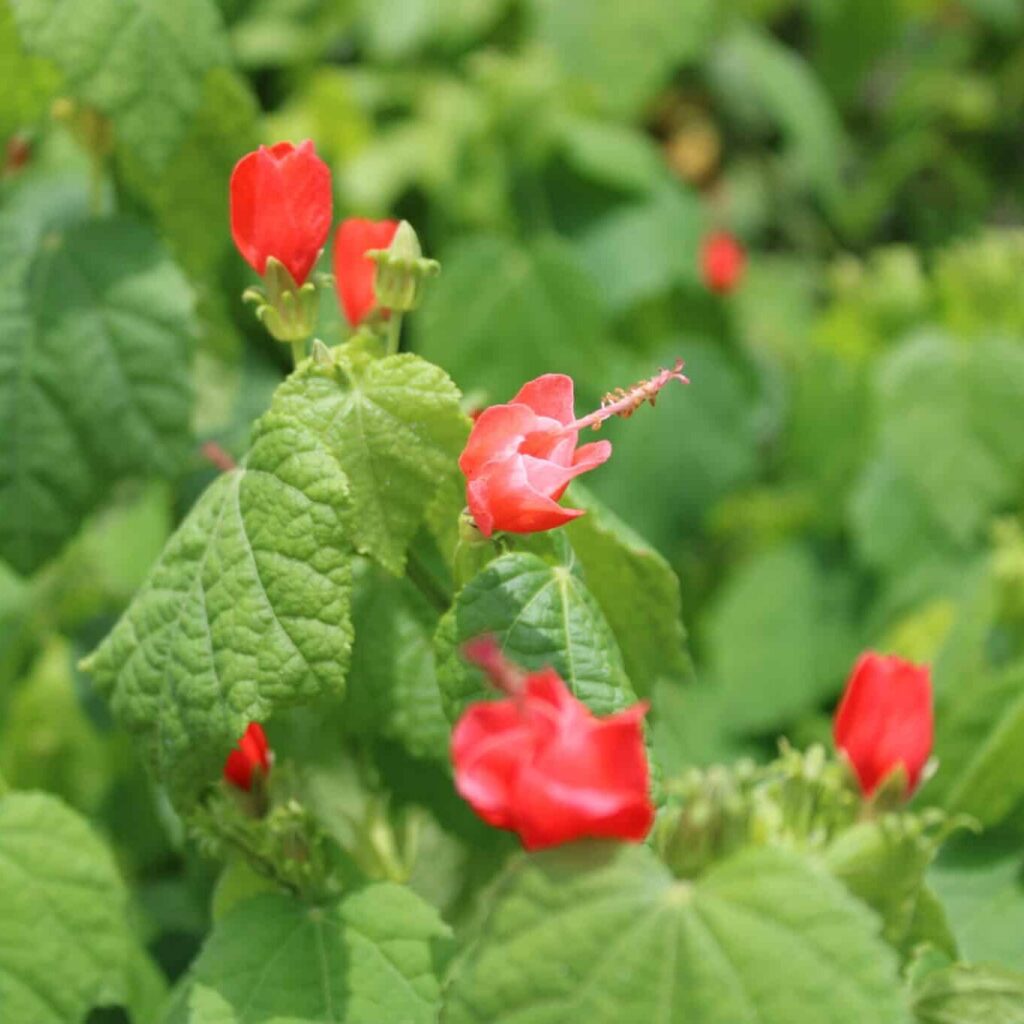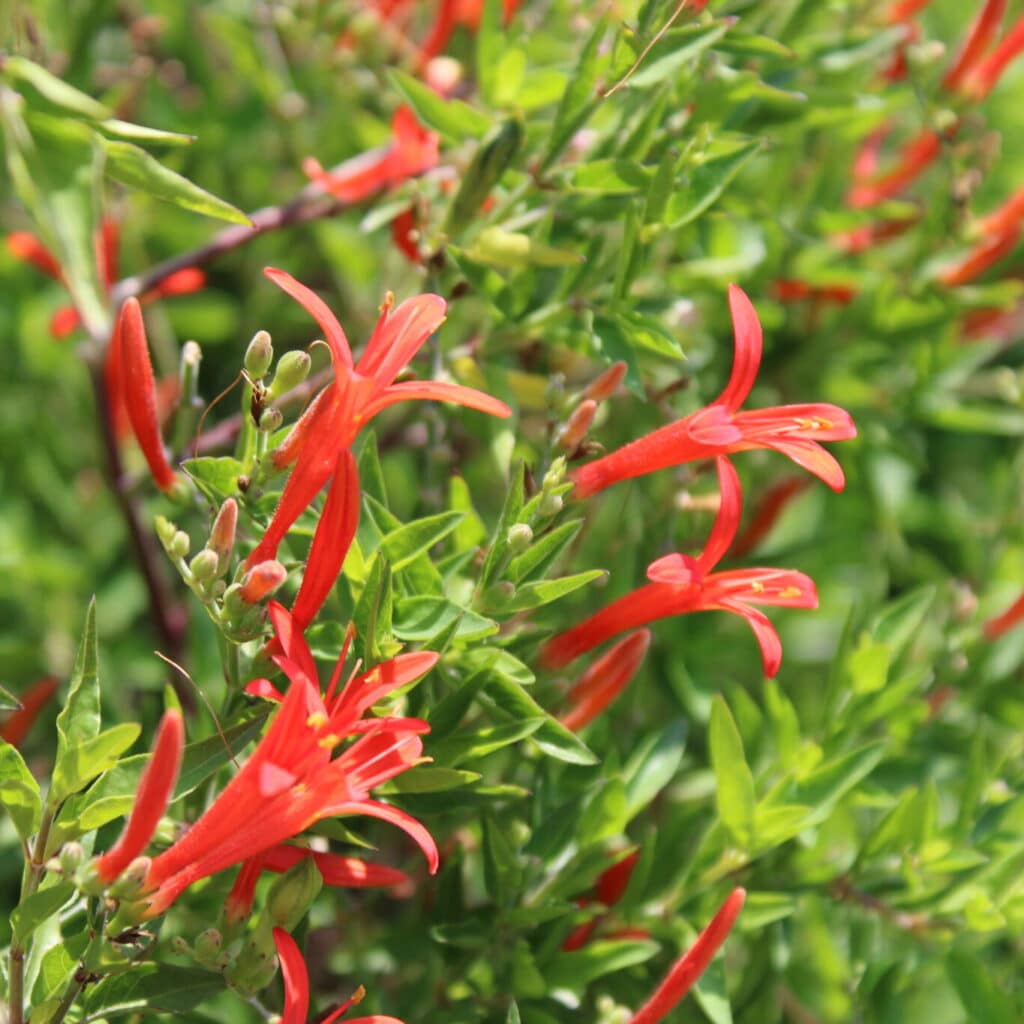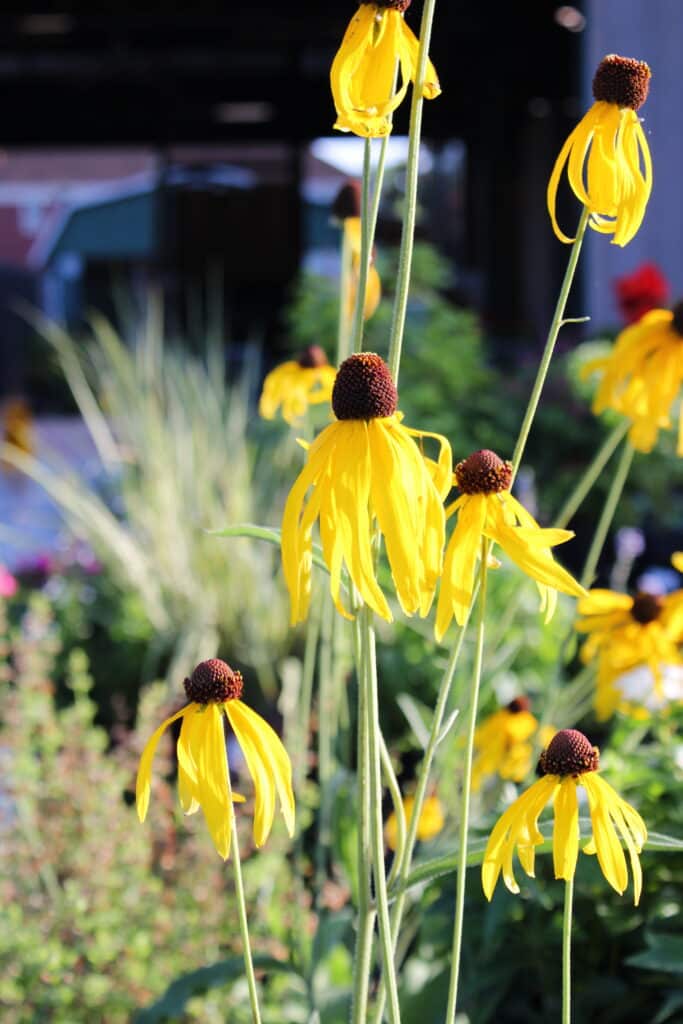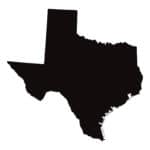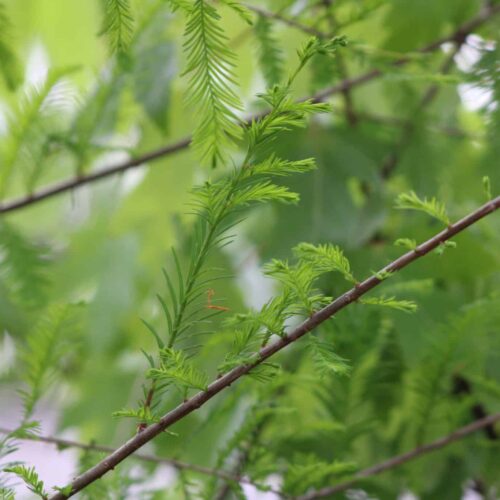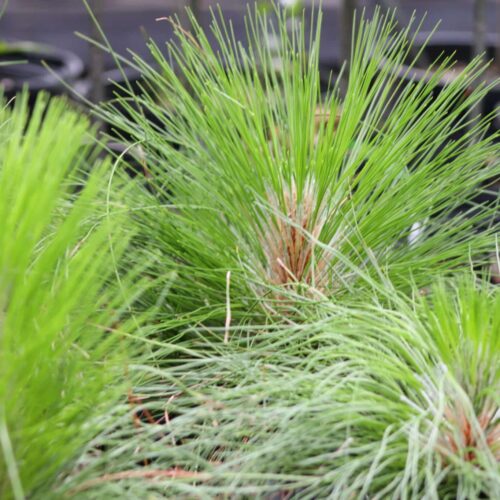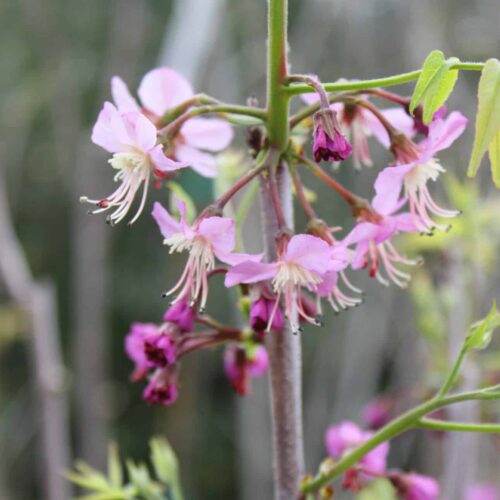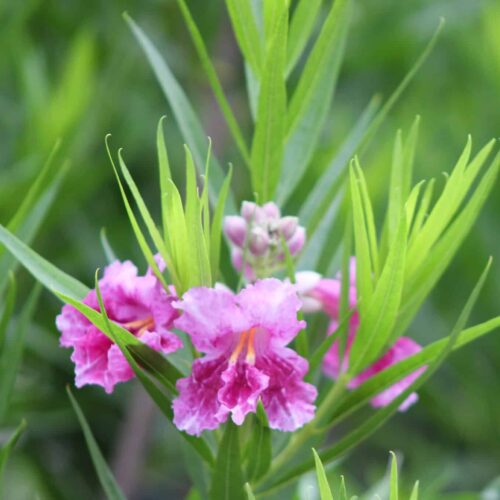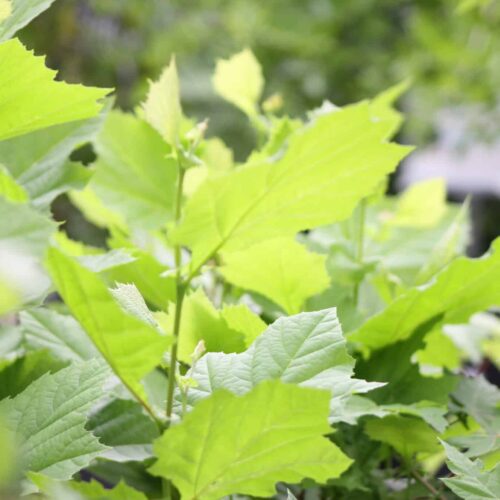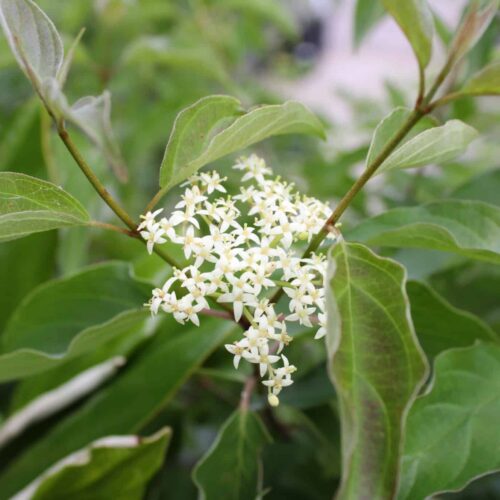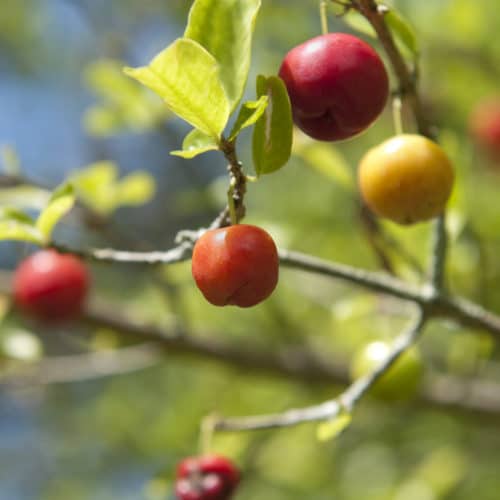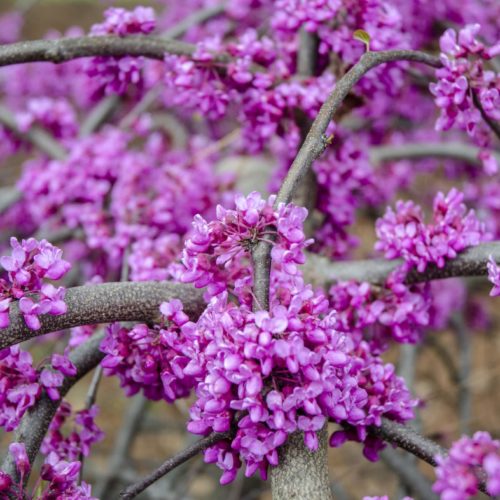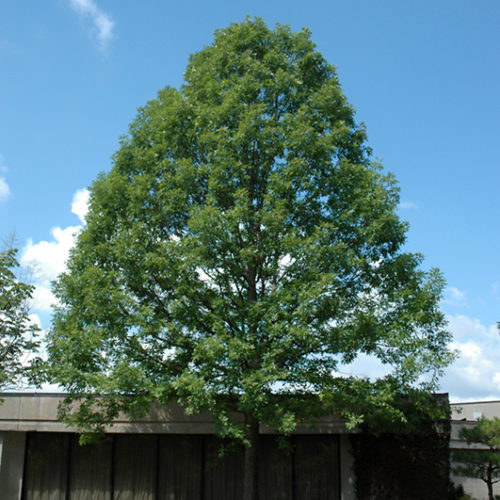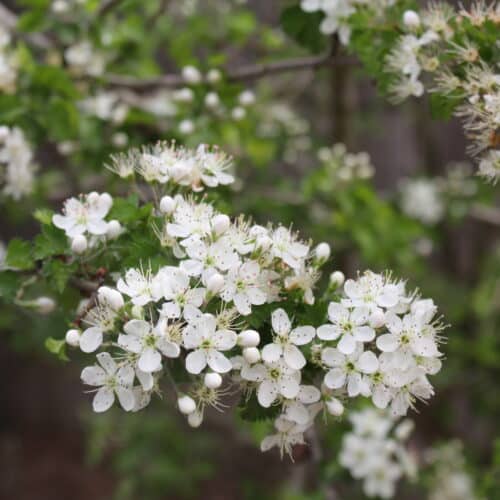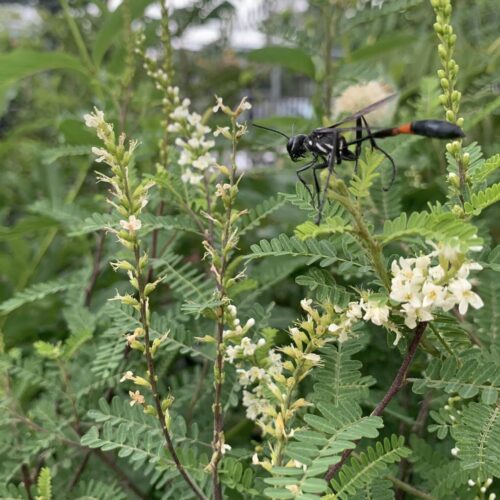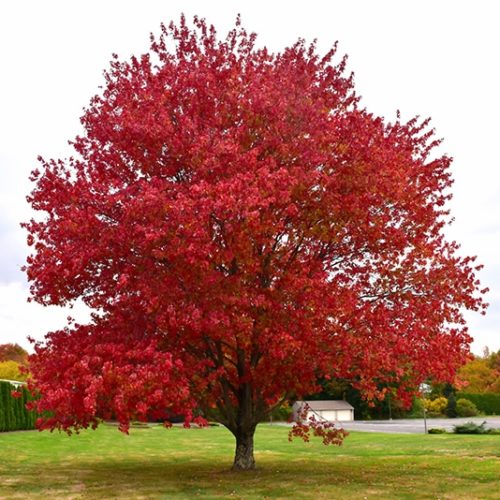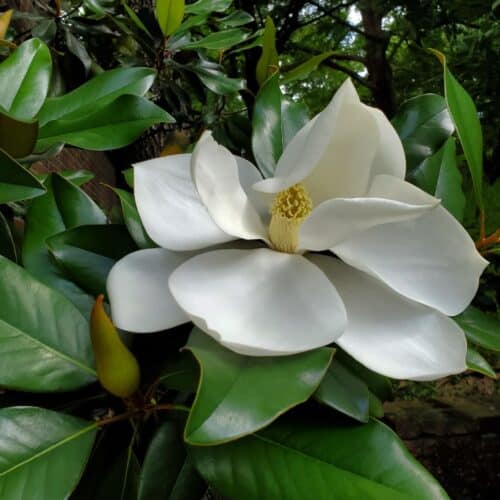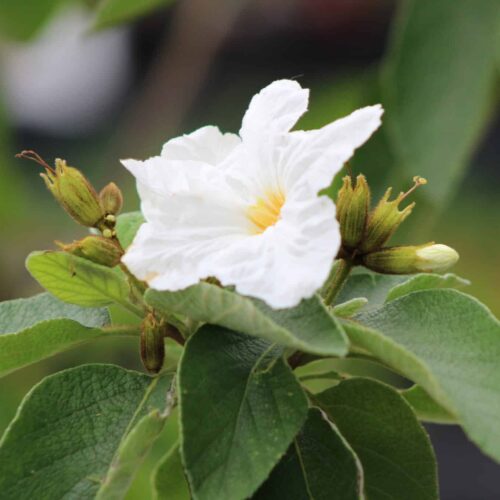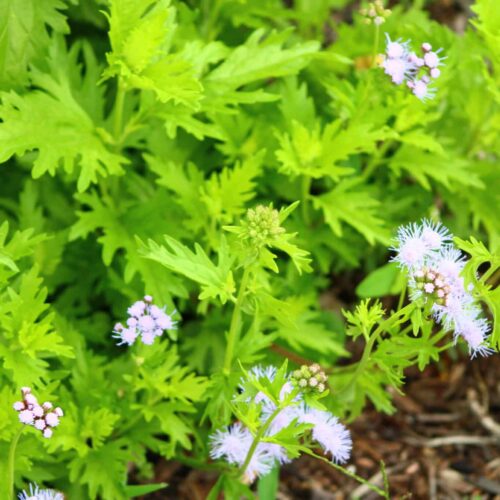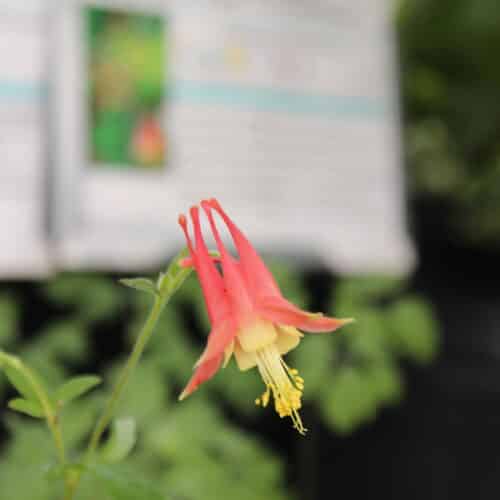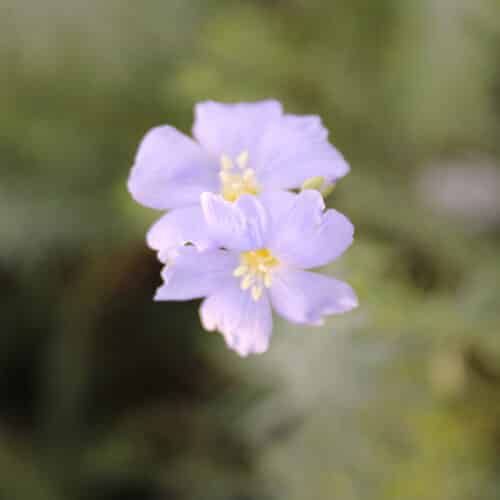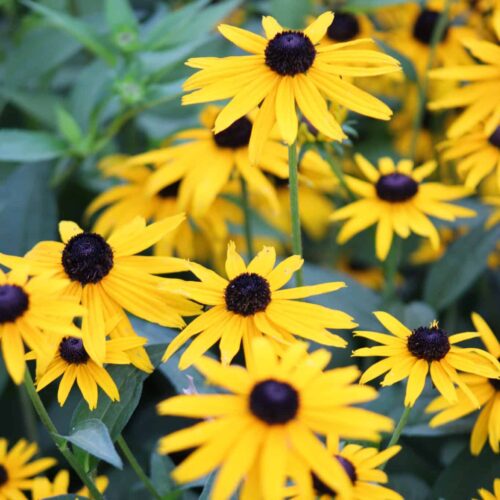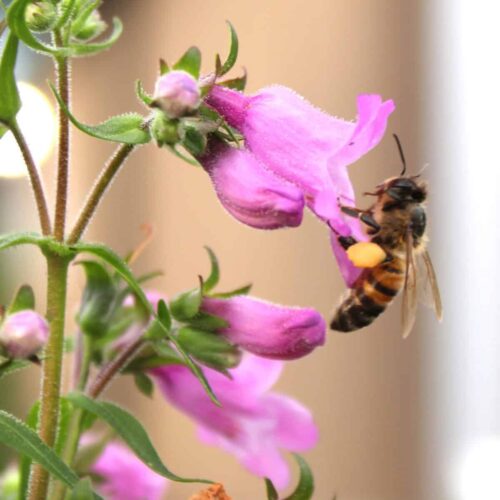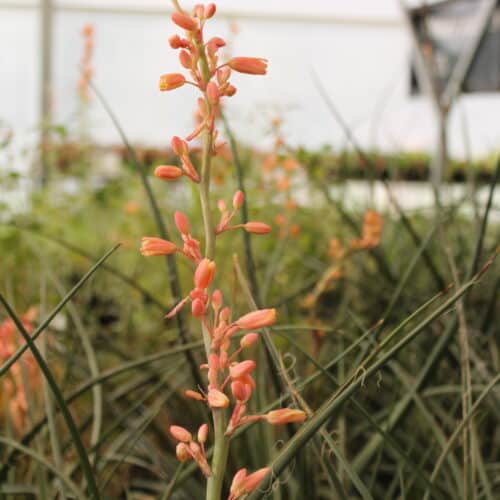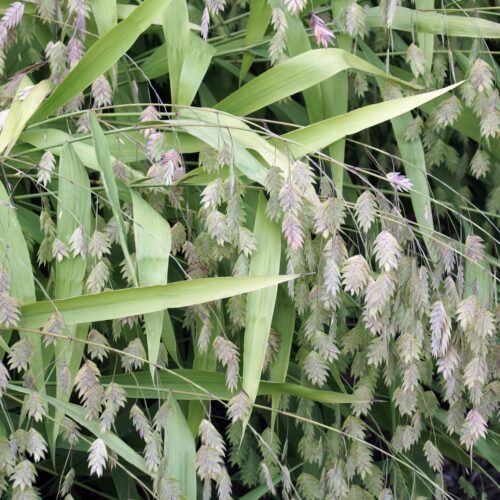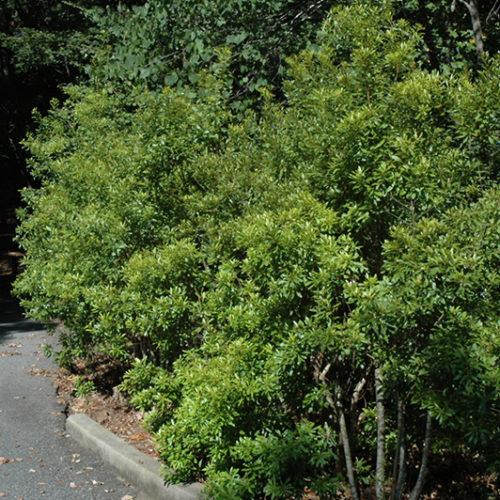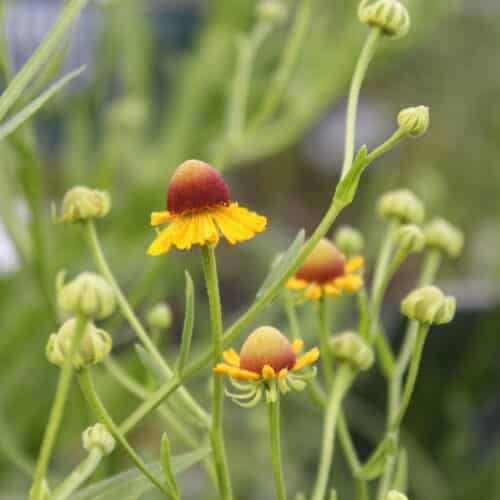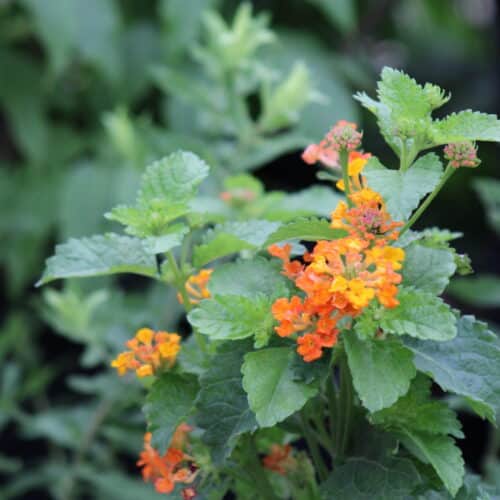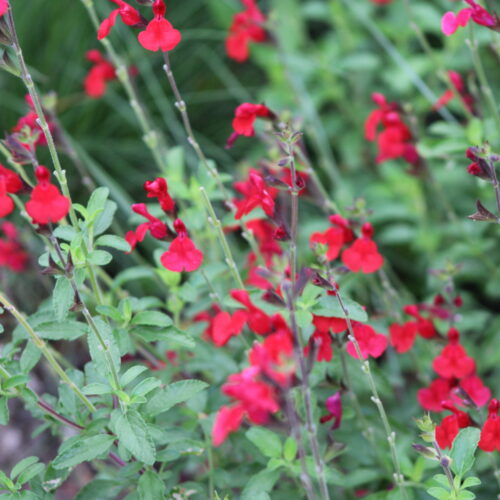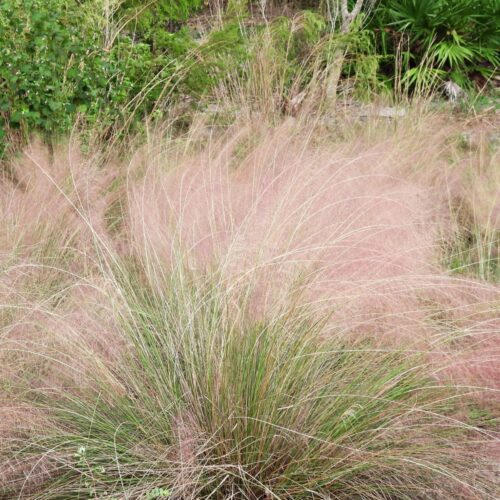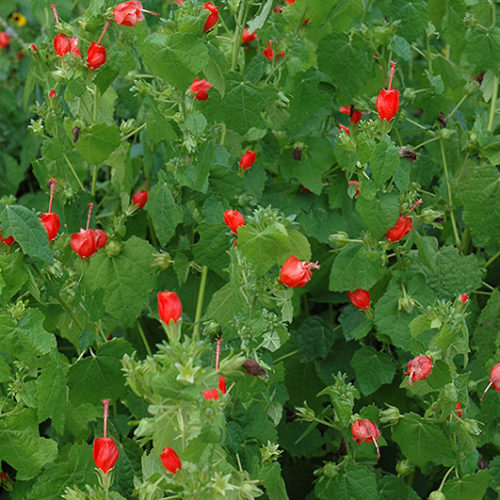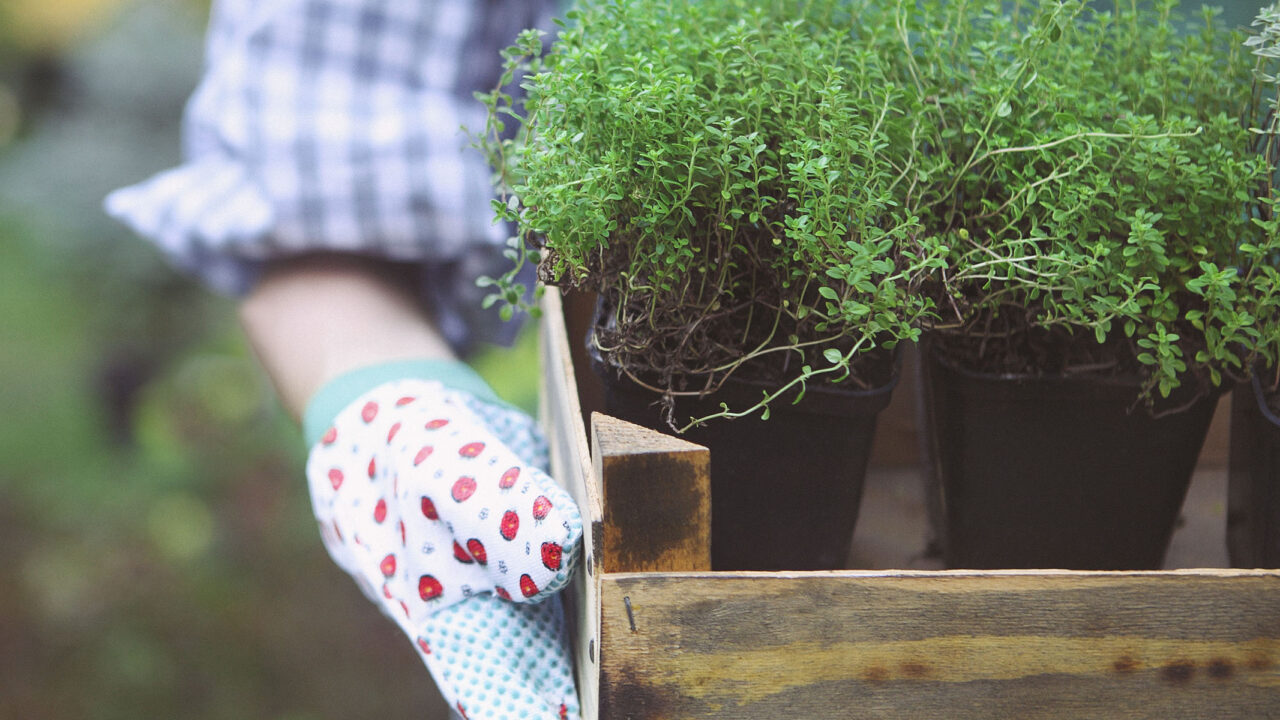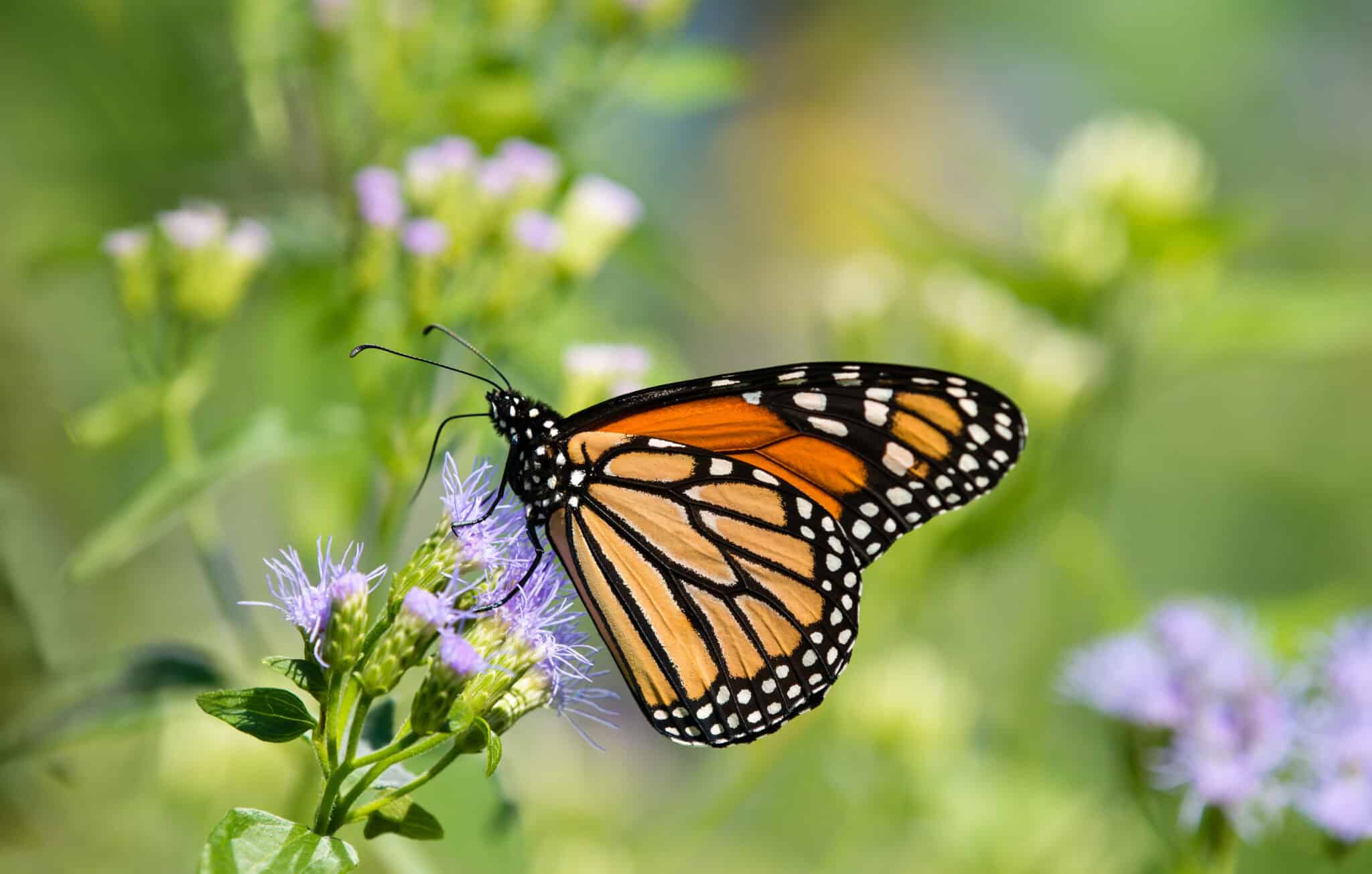
Texas Native Plants

Native of the Week
Common Name: Engelmann’s Daisy
Botanical Name: (Engelmannia peristenia)
Exceptionally drought tolerant, cool season perennial. It also has a deep taproot, great for soil erosion and can be often found along roadways. Numerous wildlife forage for this plant while birds love it for the seeds. Flowers March through July and prefers a sunny spot in the garden.
Going Native
Incorporate Texas Natives into Your Landscape!
Native plants. The term has different meanings for different gardeners. There are Texas natives, US natives and those plants that act like natives. All in all, what most of us want in our garden are low maintenance plants that are attractive and functional. Plants that are not invasive and are a benefit to wildlife.
When you plant a garden, it is not just for you – it is a habitat for all living things around you. So, with that in mind, here is our top 10 native plants for Houston that do just that. Many are heat and drought tolerant – cheerfully returning year after year in your garden.
Check out our ‘Tree & Shrub Planting Guide’ here.
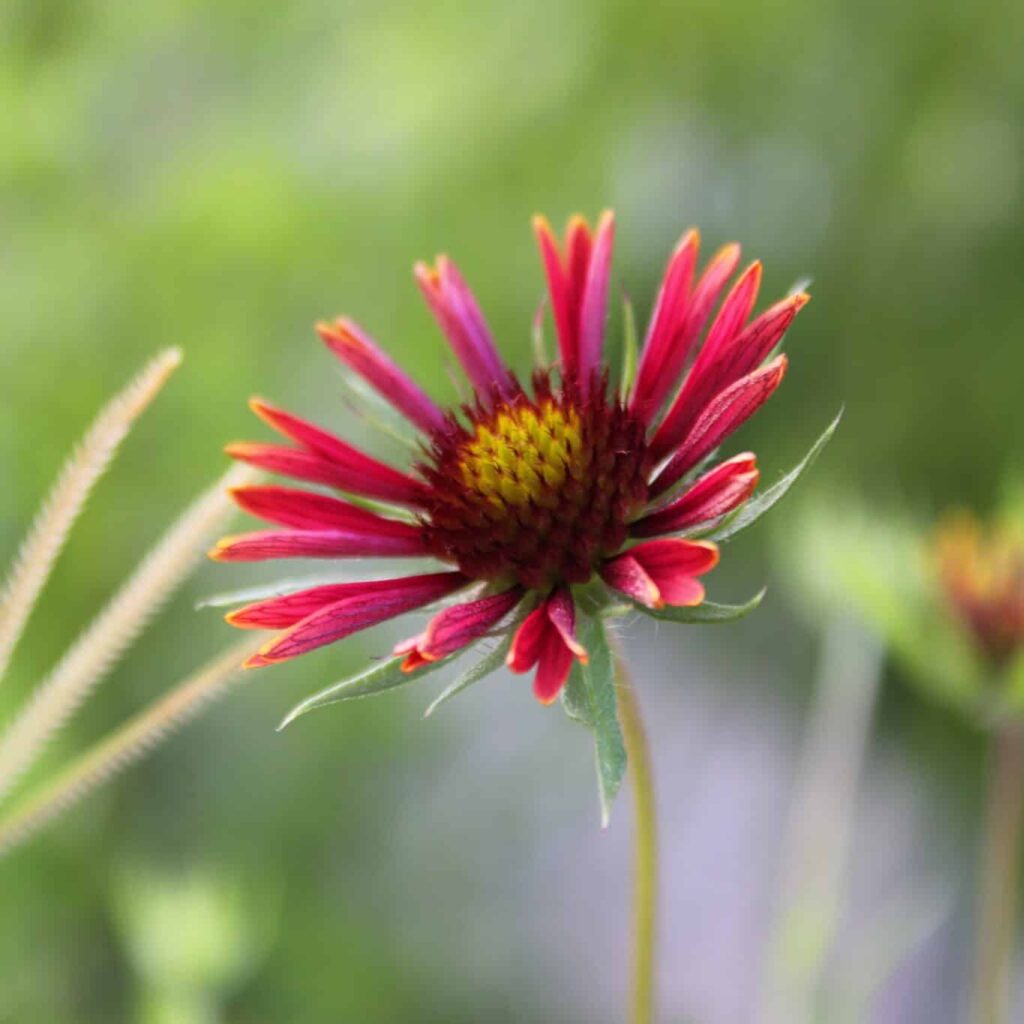
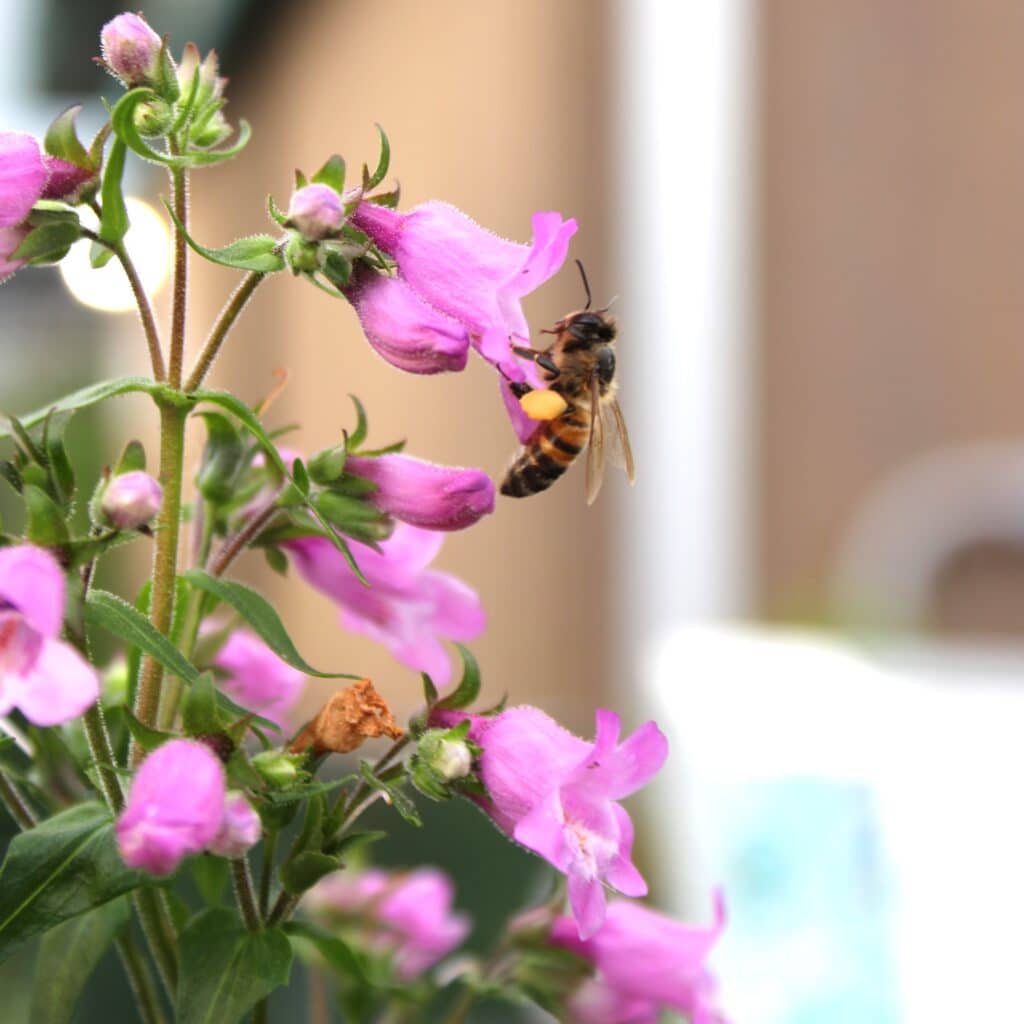
High-Nectar Natives
Show Texas Pollinators Some Love!
The nursery is loaded with amazing native options to choose from including native Milkweed, Autumn Sneezeweed, Lemon Beebalm, Giant Mississippi Penstemon, and Yellow Ironweed. These plants not only attract a variety of pollinators, but some also host specific butterflies and are of special value to native bees.
Wildflower Seeds
It’s Time to Scatter Your Wildflower Seeds!
It’s time to plant your wildflower seeds! Now through November is a great time to start many Texas native wildflowers from seed. Some of our favorites include Liatris, American Basketflower, Mexican Hat, Bluebonnets, Pitcher Sage, and more!
Watch our ‘Seed Starting’ video here.
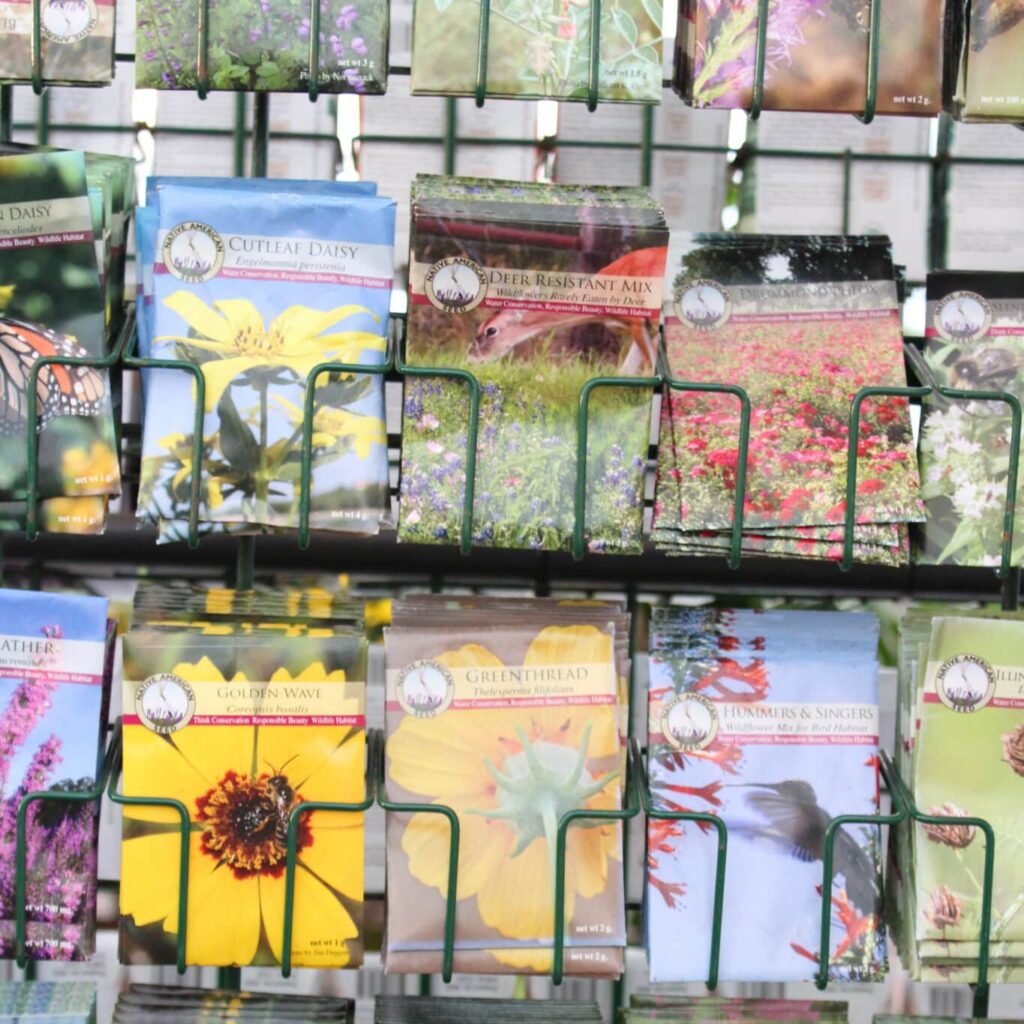
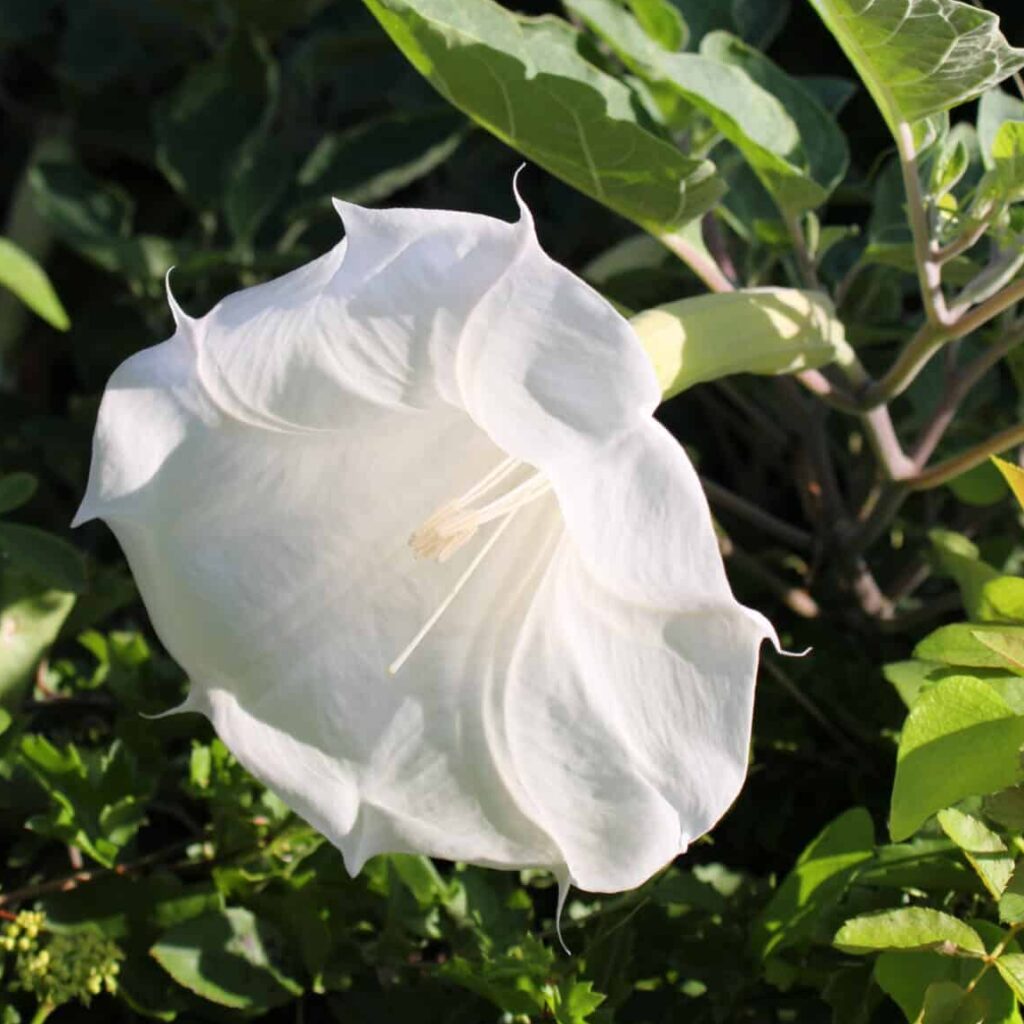
Evening Blooms
For the Moonlight Pollinators!
Daytime isn’t the only time you and pollinators can enjoy your garden! We recommend incorporating plants that also cater to nighttime pollinators, such as bats and moths! Choose from plants including Datura wrightii, Red Yucca, Nodding Yucca, Fragrant Mistflower, Evening Primrose, Texas Olive, Texas Tuberose, and more!
Native Herbs
Texas Natives Can be Herbs Too!
Pollinators and wildlife are not the only ones who can enjoy Texas natives! Did you know that there are some Texas native plants that you can incorporate into your dishes and drinks? A few of our favorites include Lemon Bee Balm, Narrowleaf Mountain Mint, Mexican Oregano, and more!
See more perennials here.
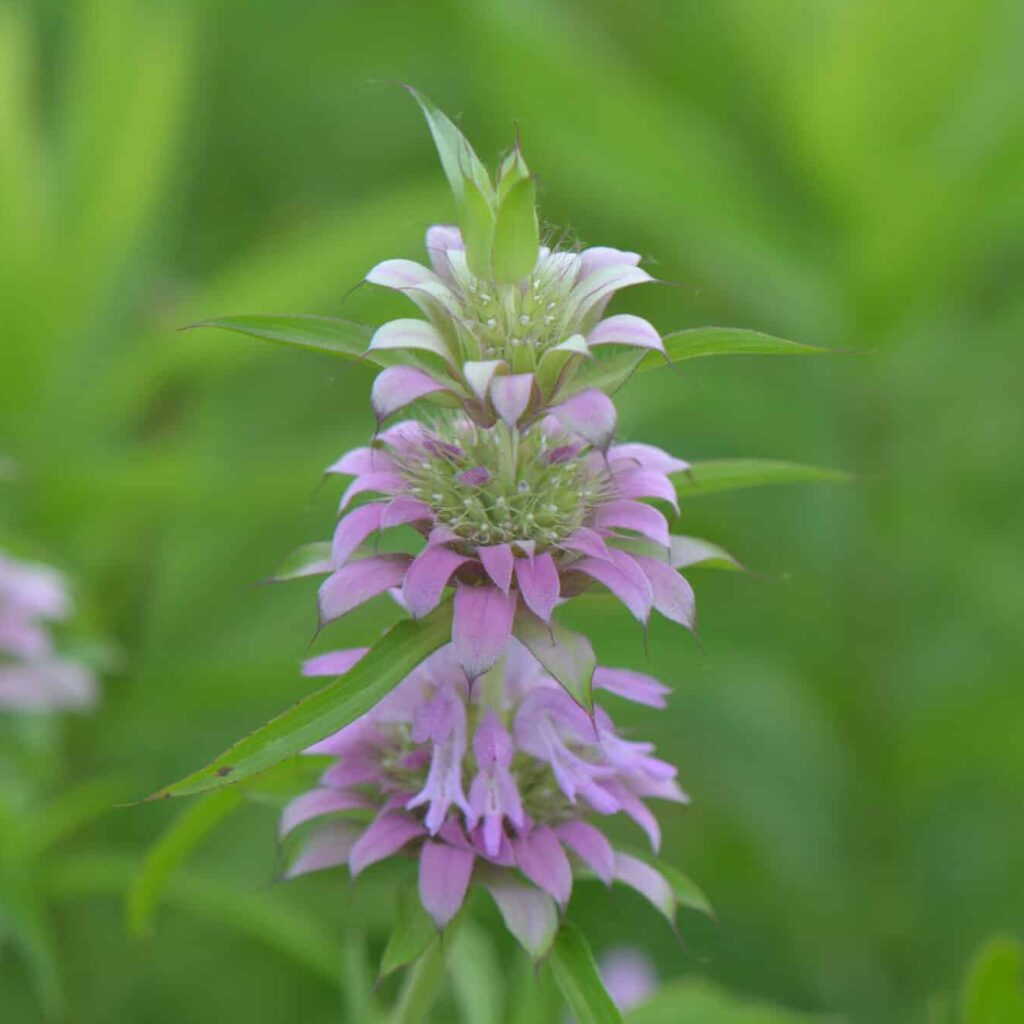
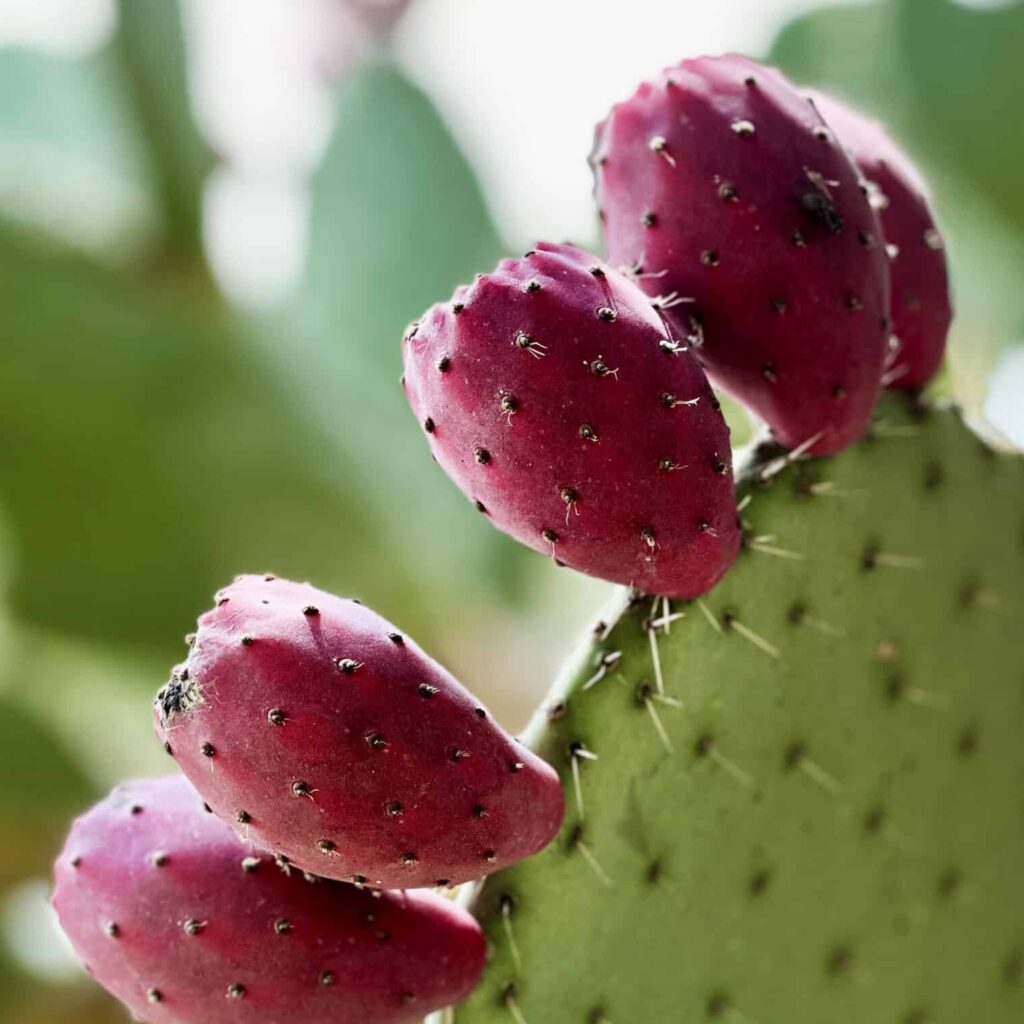
Native Fruit
Incorporate Texas Natives into Your Food Forest!
Wanting to shake up your food forest? Consider incorporating some of these fruiting Texas native plants like Prickly Pear, Barbados Cherry, Flameleaf Sumac, and so much more!
Colorful Natives
Who Said a Native Garden Can’t Be Colorful?
Incorporate Texas natives into your garden and enjoy low maintenance blooms year after year.
Colorful native blooms you can enjoy now include Turk’s Cap, Gregg’s Mistflower, Fall Obedient, Esperanza, Fall Asters and more. Not only will you get to enjoy them but so will local wildlife and native pollinators.
See more Texas native plants here.
Learn ‘How to Create a Pollinator Garden’ here.
